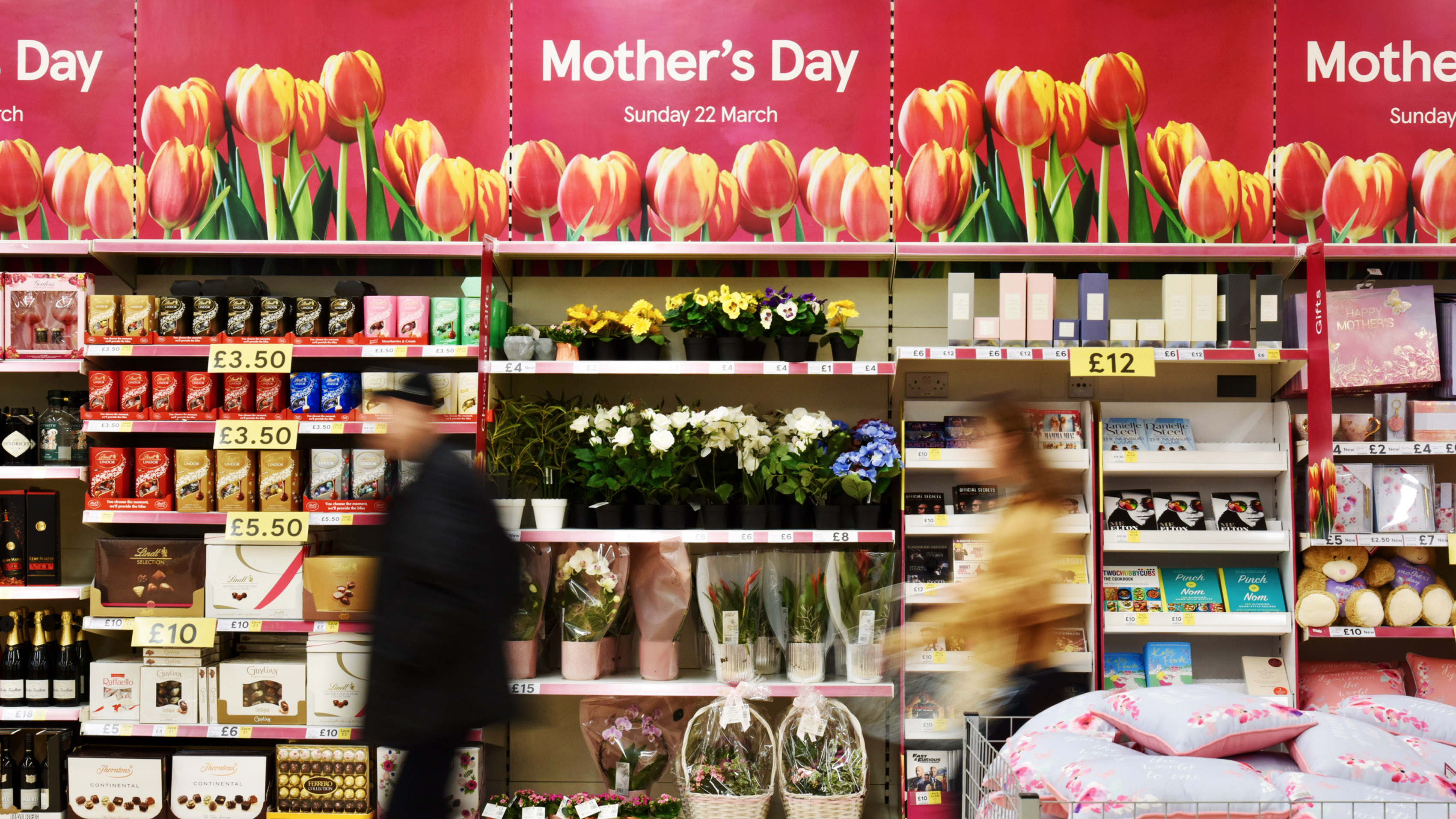Retail marketing strategy: The only guide you need
Retail marketing strategies can be complicated. We make them easy. Here’s the only guide you need to understand them and execute your own.
By Blackdog - 4 years ago

It doesn’t matter what you sell, it’s never been more important to stand out in a marketplace that is becoming more crowded every day. Building a strong retail brand is important in this respect, but so is creating an effective marketing strategy.
In this article, we’ll explain exactly what a retail marketing strategy is, why it’s so important and what you need to consider when creating your own.
What is a retail marketing strategy?
Retail marketing is the process through which retail brands encourage consumers to buy their products. A retail marketing strategy acts as a roadmap, detailing exactly how brands will encourage customers to buy more of their product.
Like a map, there are many different routes your retail marketing strategy can use to get to the end destination of more sales. It could focus on in-store collateral, for instance, or online sales. In the current market, however, an effective retail marketing strategy will almost certainly combine a multitude of approaches.

Why is a retail marketing strategy
so important anyway?
You could sell the best products in the world, but it’s all for nought if consumers don’t know about them. Even if potential customers do know about your brand, they may not know how you’re different from everyone else. In either case, you won’t make many sales.
That, in a nutshell, is why retail marketing is crucial. Companies need clear and consistent messaging to keep their brands at the forefront of consumer minds and one-off promotional campaigns to promote new products or new approaches.
The 4 Ps of retail marketing
Whatever channels your brand uses in its retail marketing strategy, it will need to account for the 4 Ps of retail marketing: Product, Price, Place, Promotion.
Product
Your product is simply the items you sell. The vast majority of retailers will sell physical products like food and clothes. But you could also sell intangible services as well. Apple, for instance, sells physical products, but it also sells digital products through the App Store and services in the form of AppleCare.
In order to create an effective retail marketing strategy, you need to understand where your product belongs in the market. What sets it apart from everything else out there? What problems is it trying to solve?

Price
Price can have a big impact on your marketing efforts as it is often used by consumers as a proxy for value. Consumers expect expensive products to be of better quality and it’s why you’ll rarely see a sale for Burberry.
That’s not to say low prices are bad. In fact, they can be a successful marketing message all on their own. Just look at Aldi or Lidl.
Pricing also covers any sales and discounts you offer as part of your retail marketing strategy. Ultimately, how many products you sell will depend on how optimally you price them.
Place
Place is where consumers can buy your products. Typically, this will be in a retail store (either your own or someone else’s) or online. It also covers in which part of the store your products are placed and how easy it is to find them online.
The more visibility you give to your products, the more likely consumers are to buy them.
Promotion
Promotion covers your marketing and communication efforts. It’s all the strategies you can use to get information in front of potential customers. TV ads, digital marketing campaigns, brand collaborations, sales, the list is almost endless.

Balancing in-store and online
retail marketing strategies
Traditionally, retail marketing strategies would be focused purely on in-store placement, product packaging, price points and print and TV promotional campaigns. But not anymore. The internet has fundamentally changed the way many consumers shop. eCommerce’s share of total retail sales is growing rapidly and every retail marketing strategy needs to take that into account.
That doesn’t mean your strategy should be purely digital, however. Online shopping still accounts for a minority of total retail sales in the UK. Instead, brands must find the right balance between their in-store and online efforts.
Brands will typically favour one channel over another, but there should nevertheless be significant overlap between the two. In-store, print and TV campaigns should look similar to your digital ads and your website. Product prices should be the same, too.
3 real-life retail marketing
strategy examples
Here at Blackdog, we create thoughtful retail marketing strategies that captivate people and drive results. We’ve developed powerful retail marketing strategies for brands big and small, but here are some of our favourites:
Tesco
We help one of Britain’s best-loved retailers put customers at the heart of everything they do. Clear, empathetic and actionable in-store communication is vital, and that’s just the kind of messaging we create for Tesco across the year.

Dreams
One of the country’s biggest bed and mattress providers sleeps easy knowing we have their back. We developed a comprehensive retail marketing strategy for the brand’s new Revived Mattress range. It went down a splash and picked up a Retail marketing is constantly evolving and the health of your business depends on you evolving right along with it. But most brands can use a little help in this endeavour. If you need advice and guidance from a team that has been there, done that and got the t-shirt, then lean on the Blackdog team for help.
Give us a call today to find out more. in its category and a Bronze overall.

Jack’s
Let’s cut to the chase: Jack’s is a straight-talking value retailer who required a clear, no-nonsense integrated communications campaign. From tone of voice guidelines and internal communications to social media content and customer-facing POS collateral, we provided the lot.

Retail marketing is constantly evolving and the health of your business depends on you evolving right along with it. But most brands can use a little help in this endeavour. If you need advice and guidance from a team that has been there, done that and got the t-shirt, then lean on the Blackdog team for help.
Give us a call today to find out more.